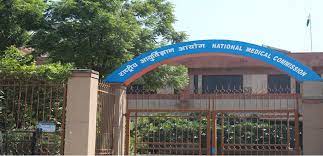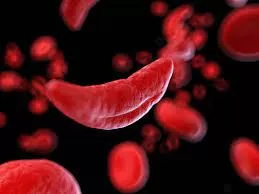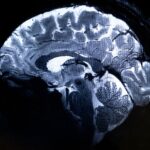Imagine having a virtual replica of your own body—an exact digital twin that provides doctors with precise insights into your health, predicts potential issues, and enables highly tailored treatment plans. This once sci-fi concept is fast becoming a reality and could soon reshape health care as we know it.
A digital twin is essentially a digital version of a person’s body, developed using data from medical scans, wearable devices, and health metrics. By aggregating data from numerous patients, these models can provide insights into individual health dynamics and facilitate treatment customization. The technology has already transformed industries such as manufacturing and urban planning, where virtual replicas help predict machinery behavior and optimize traffic systems. Now, digital twins are beginning to make waves in health care.
Patient-Centric Care in the Future
Dr. Lukas Dekker, a cardiologist-electrophysiologist at Catharina Hospital and professor at Eindhoven University of Technology, explains how digital twins could enable patient-specific care. “In the future, we will be able to provide tailor-made care with the help of a digital twin,” says Dr. Dekker. “Instead of a one-size-fits-all approach, we’ll determine the best treatment for each patient individually, making health care more personalized, efficient, and affordable.”
Unlike standard medical models, digital twins go beyond pre-surgical planning. These intelligent systems continuously incorporate new data, adjusting predictions and treatment recommendations in real-time. Dr. Dekker explains, “We combine medical scans and movement data to simulate and predict heart function, for example. This means that doctors can intervene before a problem escalates.”
Saving Lives with Digital Twins
The potential life-saving applications of digital twins are profound. For instance, after a heart attack, a patient’s digital twin could identify an elevated risk of cardiac arrhythmias. Early detection of such risks can prompt preventive measures, saving lives.
Carlijn Buck, a Ph.D. candidate in cardiovascular biomechanics and researcher on the COMBAT-VT project, is developing digital twins for heart patients. “Although creating a complete digital replica of the body is still a long way off, early versions of heart-specific digital twins already exist,” says Buck. She adds, “The next goal is for the model to adapt as new data emerges, allowing for near-instant predictions of potential health issues.”
This approach also reduces the need for hospital visits. Wearable devices, like smartwatches or heart monitors, can collect data that doctors monitor remotely. “Doctors can oversee your health in real-time, responding if necessary,” Dr. Dekker says, emphasizing that context is crucial. “Everyone differs in age, weight, and medical history, which must be considered when interpreting data.”
Easing the Burden on Health Care Systems
One of the key benefits of digital twins is their capacity to streamline health care delivery. “Digital twins can help us estimate when a patient needs intervention and tailor the level of care accordingly,” explains Dr. Dekker. By focusing on those most at risk, digital twins can prevent unnecessary health care strain.
Carlijn Buck further elaborates on how this approach minimizes costs and workloads. “Not every patient needs a complex model. For some, a basic risk model is sufficient based on data like age and weight. However, high-risk patients may benefit from a more detailed twin, which provides a comprehensive understanding of their health needs.” For complex cases, additional tests such as MRI scans may be required, impacting costs and labor but delivering valuable insights.
The Human Touch Remains Essential
Developing a digital twin involves a close collaboration between engineers and clinicians. While engineers build the model, clinicians determine its application in treatment. For instance, in cardiac procedures like ablation to treat arrhythmias, digital twins can guide the timing and approach to surgery. But as Buck emphasizes, a digital twin does not replace the human touch. “The model doesn’t understand patient emotions or subjective experiences. It’s a tool, not a substitute for the physician. The overall context and human connection remain indispensable in health care.”
As the technology progresses, the integration of data science, artificial intelligence, and medical expertise offers unprecedented potential for personalized medicine. Digital twins may not be a reality for everyone yet, but they represent a significant step toward an era of precision health care, where treatments are as unique as each individual.











